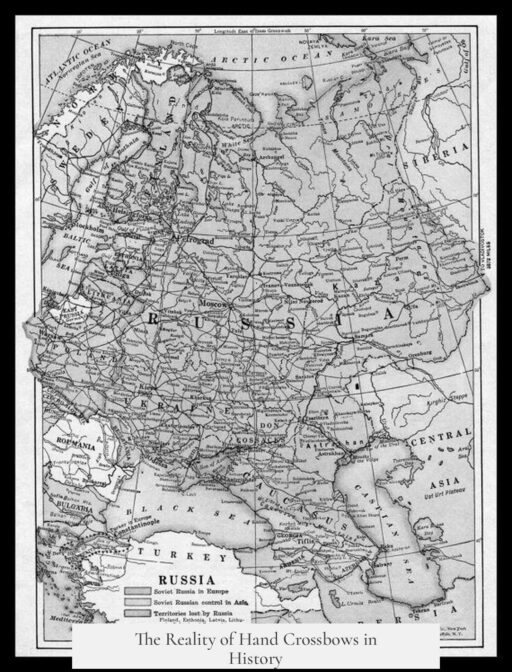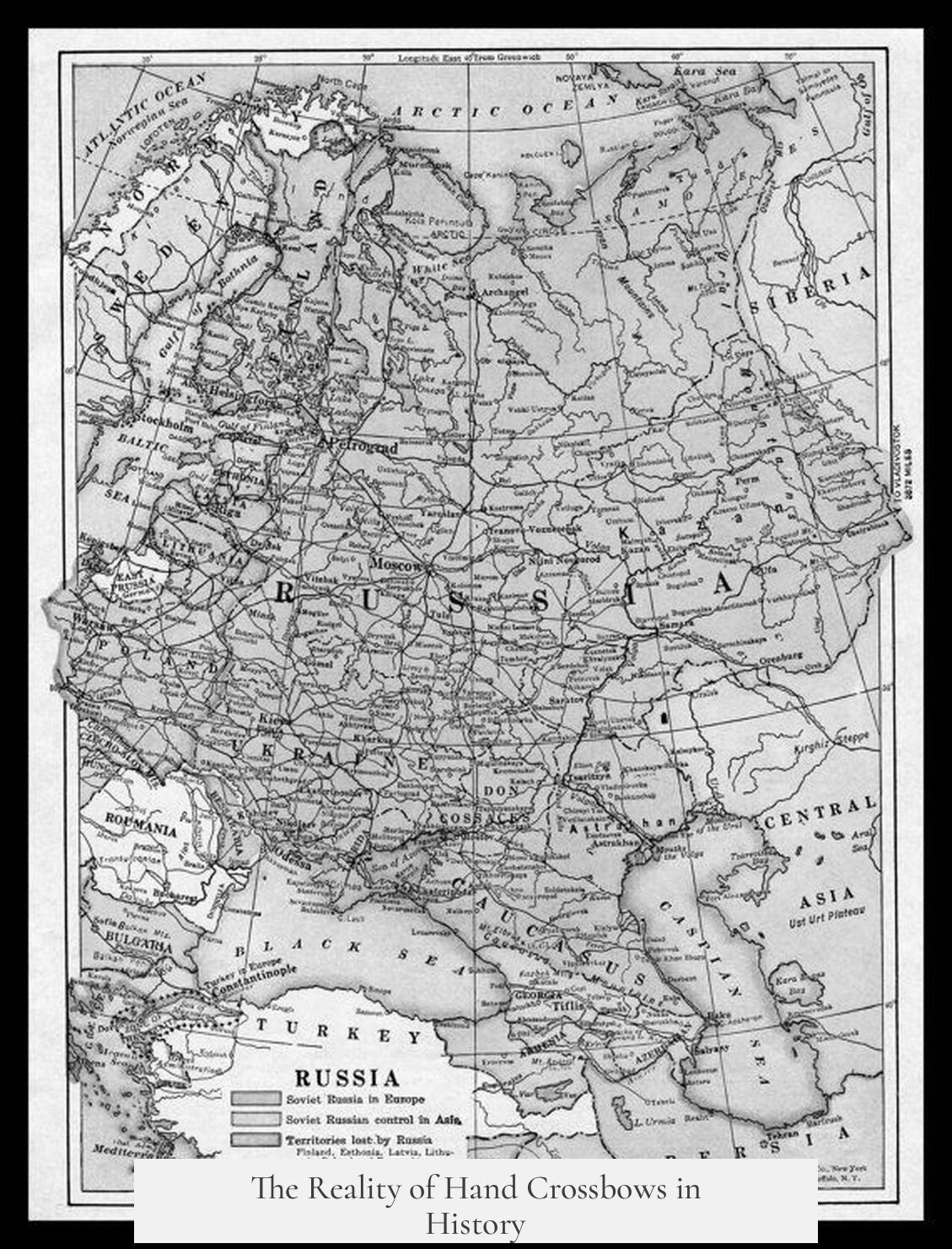Hand crossbows did exist, but not as the compact, pistol-sized weapons often depicted in fantasy or popular media. Historically, small hand crossbows appeared mainly from the 17th century onward in limited forms and served more recreational or niche hunting roles rather than military purposes.
The idea of a hand crossbow roughly the size of a 16th-century pistol or modern handgun lacks solid historical evidence. The classic pistol grip, which would aid in handling such a small crossbow, only gained prominence in the 18th century. Additionally, the physics and mechanics of crossbows limit how small and powerful they can be.
Crossbow power derives from three factors: the projectile’s mass, draw length, and draw strength. Smaller bows have shorter draw lengths and less spring force, which drastically reduces the kinetic energy imparted to the bolt or projectile. This makes very small crossbows impractical for combat. Their limited range and penetration would render them ineffective as battlefield weapons.
Using small hand crossbows as concealed weapons or for assassination poses further problems. Maintaining a drawn crossbow in a loaded and ready state is dangerous and causes rapid wear on the bow and string, especially before the advent of strong modern steel. These weapons also lack efficient bolt retention mechanisms and have such short range they cannot reliably incapacitate a target before retaliation. In historical Europe, quick-acting poisons that might complement such a weapon were generally unknown.
Given these limitations, small hand crossbows would offer no advantage over knives or daggers for close combat or self-defense. They make little practical sense outside of fantasy settings that incorporate unrealistically fast poisons or other fictional enhancements.
However, some small hand crossbows do exist as verified historical artifacts. One category includes screw-mechanism small crossbows, often termed “ballestrina” (a diminutive of the Italian word for crossbow, ballestra). These were roughly 8-10 inches long, primarily metal, and featured a screw system to draw the steel bow. Known specimens are mostly from 17th century Italy.
These “ballestrinas” were likely not weapons but luxurious recreational devices for nobles or wealthy patricians. Their exquisite craftsmanship and ornate finishes suggest they were used for garden target shooting or indoor entertainment, not warfare. This is somewhat analogous to modern airguns used for sport.
The other main type of small crossbow historically documented is a metal, break-open design firing spherical lead pellets. Dating from the 17th and 18th centuries, these were employed mainly for bird hunting or target practice by novices or younger users learning weapon skills. Examples of these survive in German and Italian collections. Despite their small size, these crossbows still required two hands to operate and delivered non-lethal shots over short distances.
| Type | Design Features | Era and Location | Purpose |
|---|---|---|---|
| Ballestrina | Screw mechanism, 8-10 inches, steel bow, metal body | 17th century, Italy | Recreation, garden target shooting |
| Small metal pellet crossbow | Break-open mechanism, fires lead pellets | 17th-18th century, Europe (Germany, Italy) | Bird hunting, beginner target practice |
Notable examples of these small hand crossbows include items in museum collections, such as a 17th-18th century Italian hand crossbow held by the Metropolitan Museum of Art in New York, and specimens auctioned by Christie’s in London. German collections also preserve pellet-firing crossbows dated to the same periods.
While intriguing curiosities from the past, these weapons should not be confused with the fantasy notion of compact, lethal pistol-sized crossbows. Their physical limitations and historical context demonstrate they were never practical combat weapons.
- True hand crossbows existed mainly as small, often screw-driven devices from the 17th century.
- Small crossbows lacked power and range necessary for combat or serious self-defense.
- They were often luxury recreational tools or beginner hunting weapons.
- Modern “pistol-sized” crossbows are largely fantasy and improbable based on historical and technical evidence.
- Historical examples are found primarily in Italian and German collections from 17th-18th centuries.




